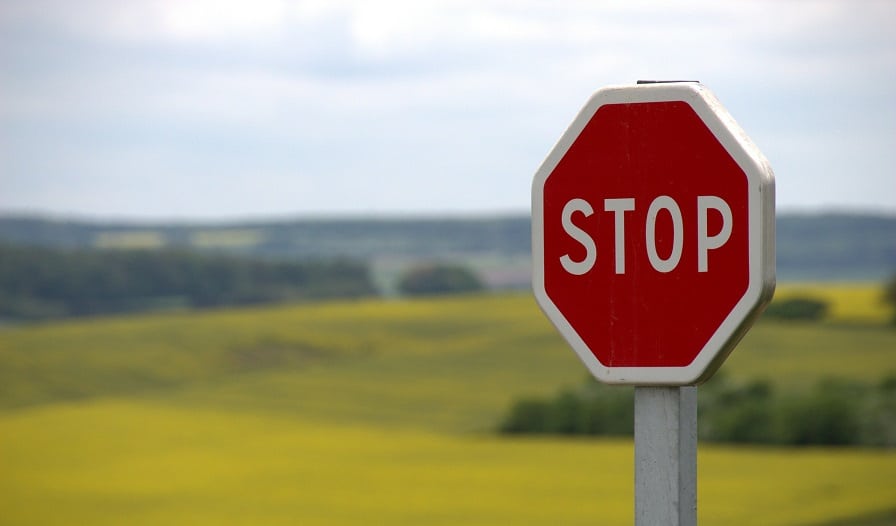Ad blocking has been one of the biggest stories in performance marketing over the past 18 months. It’s yet another wake-up call to the industry indicating that the status quo no longer holds sway, as well as something the recent APDAC conference discussed in detail.
Banner blindness, the distaste for pop-ups and the continuing inability of display ads to work effectively on smaller-screen mobile devices have all had a significant impact. It’s what in recent years has led to the rise in alternative approaches, such as in-feed native advertising and content marketing.
The challenge facing advertisers is to take away the desire for consumers to want to use ad blockers in the first place. It’s not easy – the software is usually free and simple to download, and it promises a better web experience – but it’s certainly possible. First, however, we have to take a step back.
Think about the value exchange
Digital advertising is increasingly built on the value exchange. Consumer time is precious and there is a swathe of competing distractions. In exchange for their time interacting with your brand, digital consumers expect something in return. They expect a brand to entertain them or to offer information they need or might find interesting.
That’s the value exchange and one of the main reasons behind the rise of ad blocking.
Can most advertisers put their hands on their hearts and say with absolute honesty that their display ads offer that kind of genuine value?
Add value with storytelling and strategy
For a start, adding value means being less intrusive.
Embrace formats that are less pushy and think about how to give your customers what they want. That means being less annoying.
Tell stories. Share them. Invest time and resource in your content. Build a compelling brand content strategy. Then create a good distribution model for delivering stories to your target audience.
Make advertising better
We need to create better digital advertising. First, it needs to be designed specifically for digital, so for one, stop shoehorning TV ads into mobile video units.
Adyoulike’s figures show that 78% of total video campaigns that we run in 2015 were TV ads, a decrease from 90% in 2014. So while the industry recognises the need for specific creative produced for digital, there is still a long way to go. Let’s use the technology we possess to create, not just to track performance and generate reams of data purely for the sake of it.
We should look at ad blocking as an opportunity to create something better: a chance to take digital advertising to the next level using the technology and tools that are already at our disposal. If you look at what leading brands and their pioneering agencies do so well, it’s innovating. And innovation is what the digital ad industry has always been about.
For example, programmatic buying and the arrival of in-feed programmatic native advertising inventory means we can now see the right content delivered at the right time to the right person in a space where they will actually interact with it. And looking beyond that, wherever possible we should aim to create immersive ad experiences that look beyond narrow KPIs based on clicks, views or dwell times.
The future of advertising
The recent Coke Zero ‘Drinkable Advertising’ ad campaign is a great example of the immersive future of advertising, with mobiles, TV, billboards and interactive technology all working together. The reality is that most people who interacted with these ads forgot it was an ad – they were bought into the experience and didn’t even realise a value exchange was taking place. And because they were completely immersed in the story created by the brand, they weren’t reaching for the ad blocker.
This type of immersive activity is the future of all advertising – both on- and offline – but it’s only possible when underpinned by great technology and the innovation of digital creatives, and exciting new ad formats.
This is the real value of digital advertising and it’s our job to showcase it, because only then will we get people excited enough about digital ads to regularly engage with, share and appreciate them. And only then will we have defeated the scourge of ad blocking.

